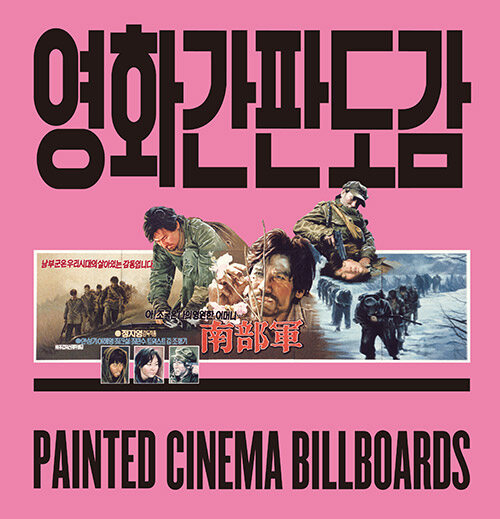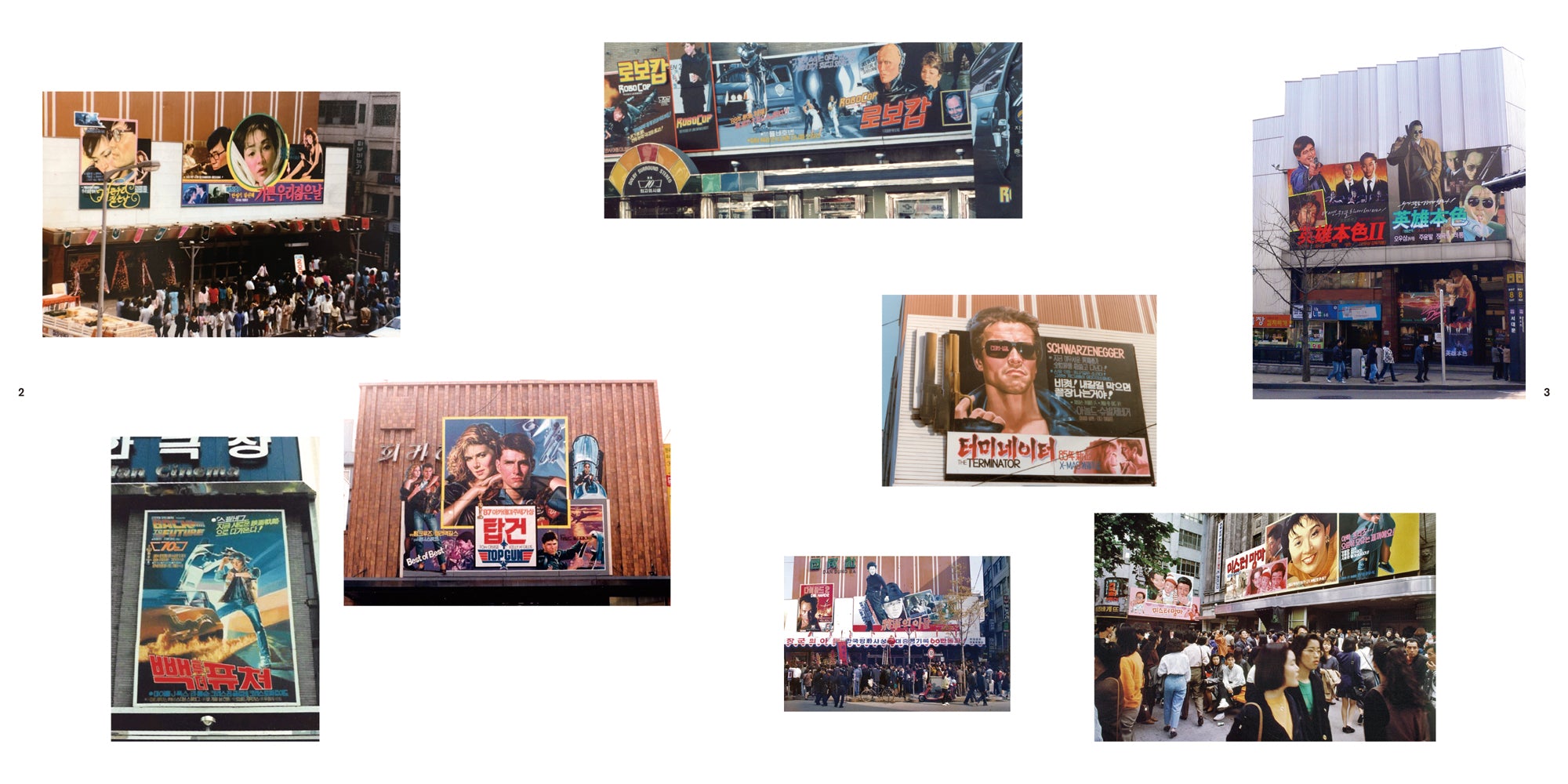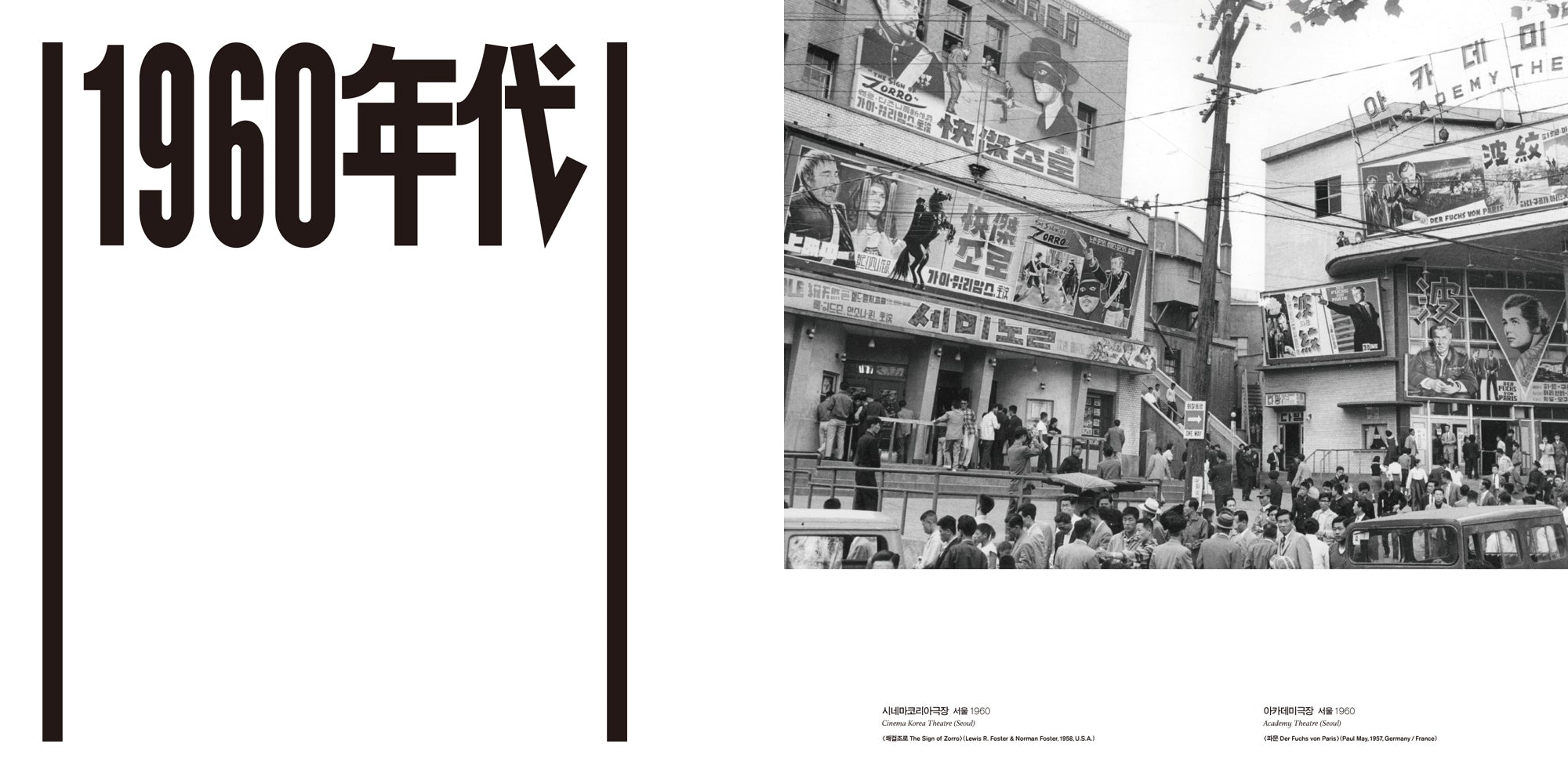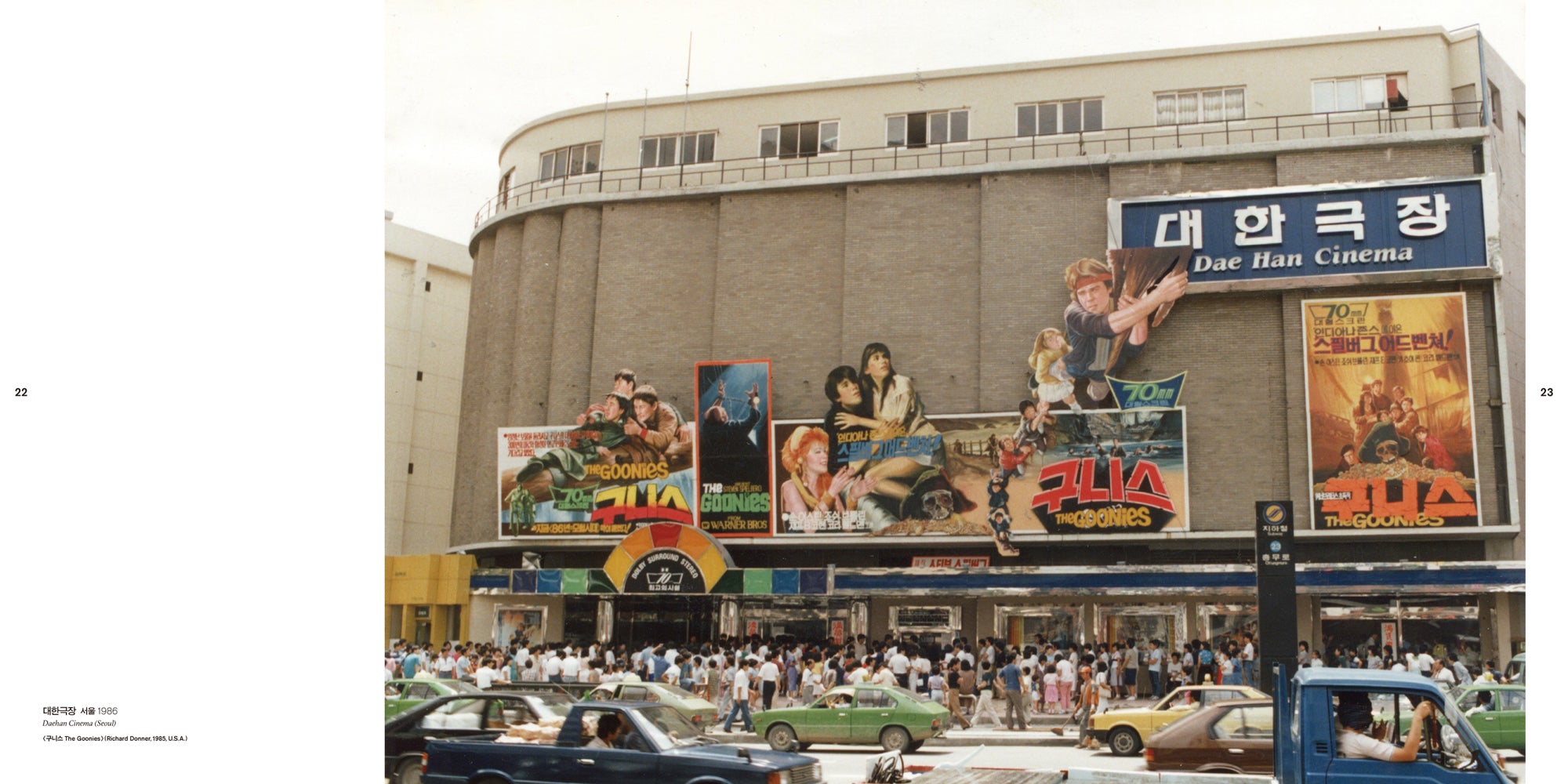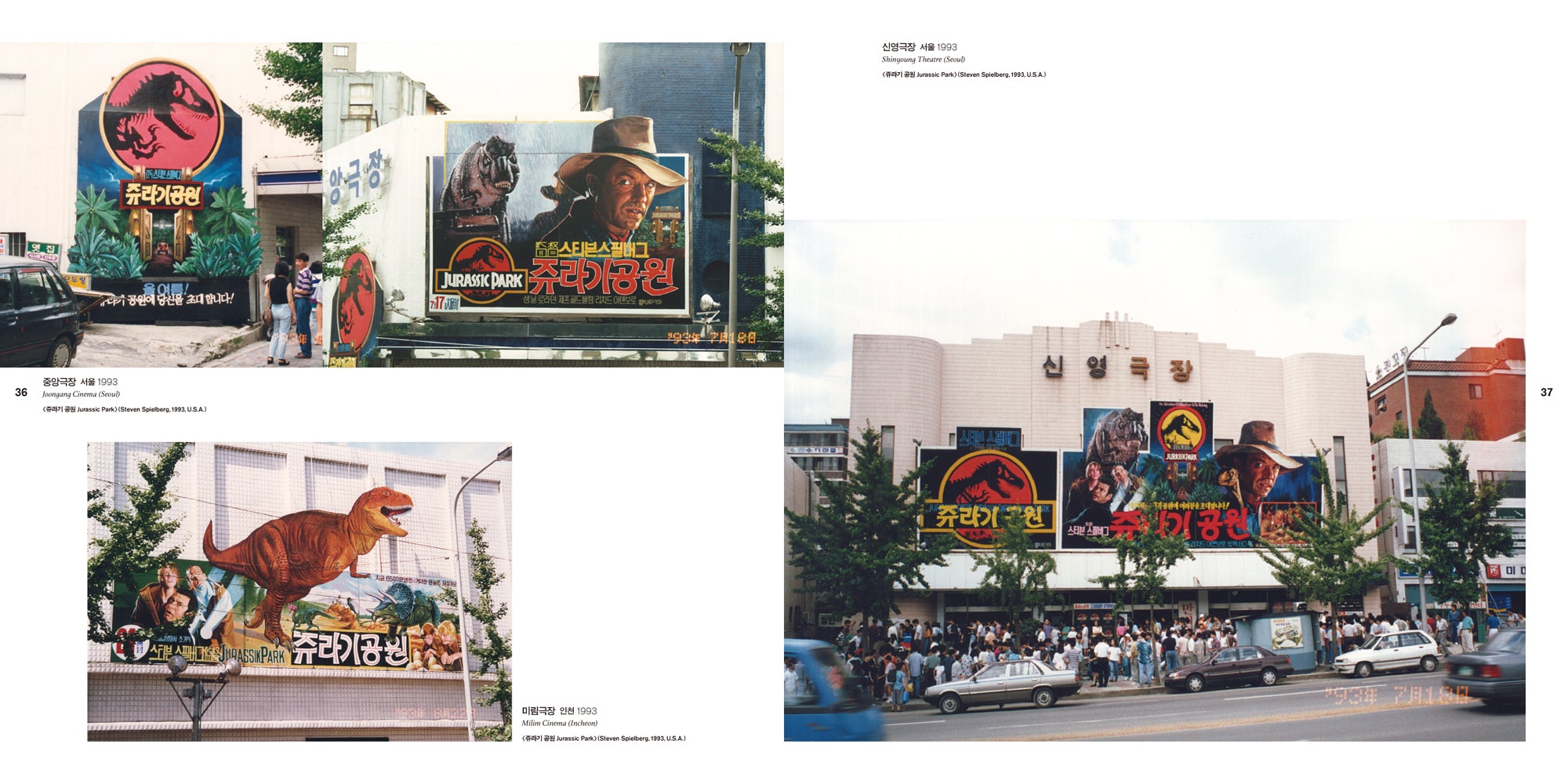Painted Cinema Billboards
$69.79 USD
Please select all options.
Between Advertisement and Art - Cinema Billboards
Ever since the 'moving picture', or film, was first introduced to Korea and up to the mid-2000s, cinemas used to display huge ad billboards. These would feature the captivating visages of the stars as well as myriad ad slogans, written in all manner of florid language to attract viewers. Before the TV made its way into the homes of the general public, and prior to the availability of various different media outlets offering information on cinema, and before the advent of the Internet and computer-based printing... the painstakingly hand-painted, wide-format cinema billboard was the most direct means of promoting films.
In particular, the sheer size and advertising effect of the cinema billboard made it a yardstick of how well a film was doing. As such, everyone from film studios, cinemas, to the actors themselves were as keenly interested in cinema billboards as they were in film posters. In an ironic turn, however, their huge size made storing them impossible. Also, because previous billboards were re-used as the canvas for the billboard of the next film to be screened, used cinema billboards would disappear, to remain only within the memories of the people who were there when the film was being screened.
During that bygone era when there wasn't much in the way of visual entertainment, cinema billboards were pictures that could be appreciated for free by anyone on the downtown streets. Their heyday came during the 1970~90s as an increasingly larger number of films came to be shown, making cinema billboard painting a well-paid profession. Every cinema employed painters on exclusive contracts, each of whom had their own style - to the point that there would be rivalries between painters on how realistic or vibrant their creations turned out. If a film poster designer is an artist who compresses, using photographic material, the contents of the film into a portrait-oriented space, the cinema billboard painter is a graphic designer / illustrator who works with a landscape-oriented space, using images and letters that are hand-painted and written.
Painter Baek Chun-tae, who created billboards for Seoul's Dansungsa, Daehan Cinema, and Gukdo Cinema during the 1980~90s, was such an aficionado of cinema billboards that for him, "a film's opening day would be the opening day of [my] exposition." Perhaps because he felt that his billboards were works of art in themselves rather than merely something he did to get paid, he made sure to take photos of his completed works once they were put up for display. It is thanks to these photos that we are now able to take a glimpse into the glorious heyday of cinema billboards. The sight of the huge billboards in the major screens at downtown main streets, bearing the uncanny likeness of cinema stars, is awe-inspiring.
The era of the cinema billboard gradually began to meet its demise since the early 2000s. This owed to advancements in computer-based printing technology, which obviated the need for hand-drawn paintings, and the advent of the multiplex cinema that showed several different films across multiple screens. The cinema billboard painter, a profession that not only used to pay well but was also regarded as a novel and attractive occupation due to being featured frequently in the media, gradually faded from prominence - as did single-screen cinemas.
The vast majority of the photos included in this volume were kept under the care of former cinema billboard painters. Although some photos that had been taken to meet the needs of newspapers or magazines were archived here and there, the various photos taken by the painters themselves - making them akin to their very portfolios - hold arguably greater value. Cinema billboards are also frequently found in the slide photos that were taken by US servicemen in Korea during the 1960~70s. Fortunately, the vibrant sights captured in some of these photos have been reproduced in high-quality color images here.
This volume presents a collection of approximately 1,000 photos of cinema billboards that have, over the nearly 60 years spanning the 1940s to the late-2000s, gifted us with so much 'viewing pleasure'. Included are photos not only of the billboards themselves, but also the long-lost single-screen cinemas that gave them a place to shine. Readers are invited to appreciate the charms of this bygone era, via the images of the cinema billboards whose value was overlooked due to how commonplace they were - so much so that no one thought to record them, ultimately making such records even more precious in the present day.
- Choi Jee-woong (film poster designer / cinema collector)
Propaganda Cinema Graphics http://propa-ganda.co.kr/
240mm x 240mm | 600 pages | 2040g | Hardcover | Color
Dispatching date: December 2nd, 2022





🔊 We understand that receiving a damaged item can be frustrating, so we want to make sure you know our exchange policy. If your book has printing errors, faulty binding, missing pages, or damage caused by a damaged bookcase, we'll exchange it for you. However, if it only has minor issues like small dents or smudges, we can't exchange it.
🔊 Please note that this item is big and heavy, so the shipping fee is higher than usual. While we'll do our best to make things right if your item is seriously damaged and unrecognizable as a book, we can't exchange it unless it's at that level. Also, please keep in mind that we can't control how local infrastructure and individuals handle your package during shipping. Thank you for understanding!



